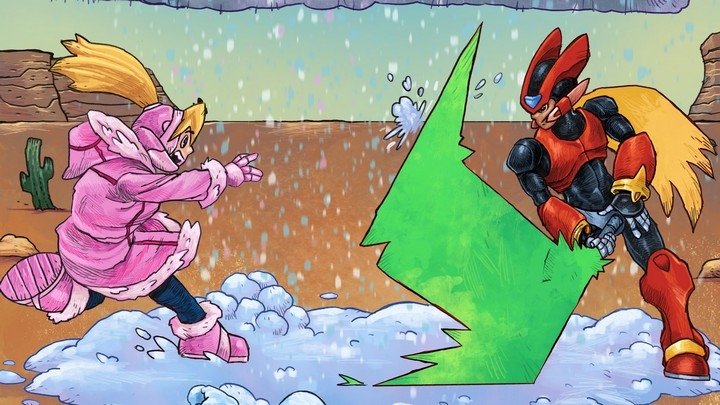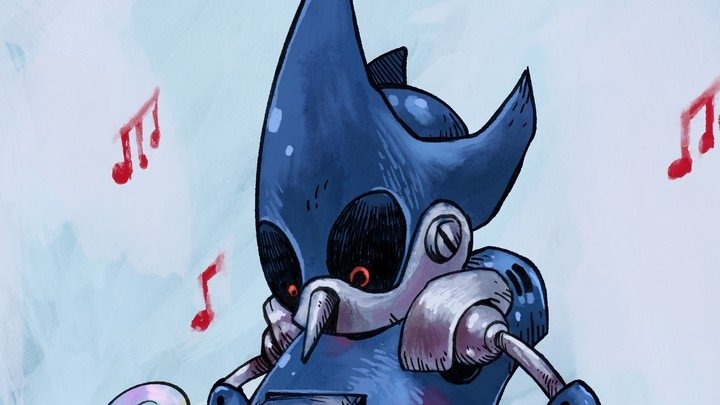Re(?)Considered: New Super Mario Bros.
30 million players can't be wrong
Re(?)Considered is a column that aims to highlight lesser-known or misunderstood games. Stuff that saw mediocre or outright bad reviews, titles that flew under the radar due to limited release or simply poor sales. With that in mind, here's a look at the 30 million selling, critically acclaimed New Super Mario Bros., the most popular Nintendo DS title of all time.
There is method to my madness. You see, New Super Mario Bros. U Deluxe has just been released for Nintendo Switch - a port of the Wii U title named the finest Mario game of all time by Retronauts' very own "Jazzy" Jeremy Parish [You're fired—JP]. And it's been met with cries of derision by the gaming community for being "soulless", brooking negative comparisons to the freewheeling Donkey Kong Country: Tropical Freeze.

Now, admittedly, the New Super Mario Bros. series adheres to a formula in a way the original NES/SNES games rather didn't. Every successive Super Mario Bros. reinvented the wheel to some extent, but New Super Mario Bros. has opted for a more incremental approach, adding new elements to its extant engine instead of rewriting the entire game. Its visual style is clean, but never surprising, never really fresh. But a staid Mario is still a Mario. Reinventing the wheel is overrated, anyway. I'm happy with a bloody good wheel.
New Super Mario Bros.. The clue is in the name. After years of cries for a new 2D Mario (following the constant drip-fed teasing of the Super Mario Advance series), Nintendo delivered just that. A few cues were taken from the 3D games, yes; the polygonal graphics, for one, not to mention Mario's wall-jump and ground-pound straight from Super Mario 64. He moves with momentum, but not the wild skidding of the NES original - Mario is eminently controllable and he needs to be because New Super Mario Bros. has surprising teeth right from the start.

The focus has changed quite explicitly into a collect-'em-up, with the three Star Coins (well) hidden in each level eventually adding up to pay the toll and unlock gates on the fairly linear world map, leading to more challenging levels as well as warp zones that let you skip forward towards the end of the game. It's a tighter, bite-sized experience than Super Mario World, offering multiple routes to the final battle but keeping the SNES game's tendency towards sparse, sprawling levels on a leash. It's a middleground between the linear courses of the original Super Mario Bros. and the open-world aspirations of its 16-bit follow-up. The best of both worlds, to some extent. Courses are packed with secrets and alternate paths, but not so confusing that you'll necessarily be forced to replay them to get the Star Coins.
Its greatest failing, really, is when it loses that laser-focus to require usage of the amateurish new power-up, "Mini Mushroom". It's fine, in principle, but shrinking Mario to a miniscule size has only one real use in practise and that's accessing secret exits. This usually requires you to make your way through much of a stage in the extremely vulnerable "Mini Mario" form. Sure, it's a test of skill, but it's kind of cheap for a Mario game of calibre. Accessing the alternate worlds requires certain bosses to be beaten with the Mini Mushroom active, which is unintuitive and frankly a tiresome task.

Despite this small misstep, it's an excellent experience that holds up to this day, setting the course for a raft of superior sequels, as well as the glorious grand canvas that is Super Mario Maker.




